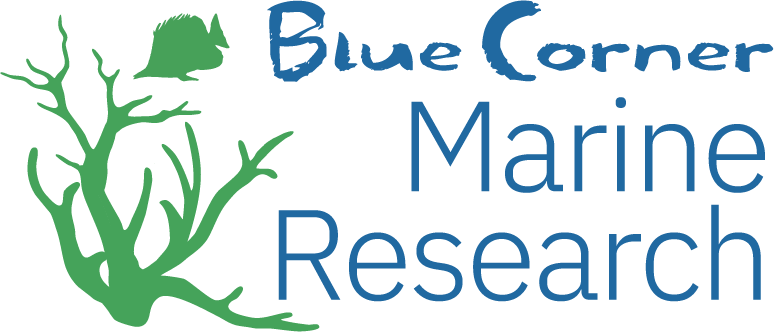Sea Turtles of Bali
Hawksbill Turtle
Hawksbills are named for their narrow, pointed beak. They also have a distinctive pattern of overlapping scales on their shells that form a serrated-look on the edges. Hawksbills are found mainly throughout the world’s tropical oceans, predominantly in coral reefs. They feed mainly on sponges by using their narrow pointed beaks to extract them from crevices on the reef, but also eat sea anemones and jellyfish. Hawksbills help maintain the health of coral reefs. By consuming sponges, they play an important role in the reef community, aiding corals in growth. It’s estimated that one turtle can consume over 1,000 pounds of sponges per year. As they remove prey such as sponges from the reef’s surface, they provide better access for reef fish to feed.
Green Sea Turtle
The green turtle is one of the largest sea turtles and the only herbivore among the different species. Green turtles are in fact named for the greenish color of their cartilage and fat, not their shells. Green turtles can be easily identified from their shell which forms “starburst patterns” on the scutes. Also their head is more rounded than Hawksbill. Green turtles are found mainly in tropical and subtropical waters. Like other sea turtles, they migrate long distances between feeding grounds and the beaches from where they hatched. Classified as endangered, green turtles are threatened by overharvesting of their eggs, hunting of adults, being caught in fishing gear and loss of nesting beach sites.
Loggerhead Turtle
Loggerhead turtles are named for their large heads that support powerful jaw muscles, allowing them to crush hard-shelled prey like clams and sea urchins. They are less likely to be hunted for their meat or shell compared to other sea turtles. Bycatch, the accidental capture of marine animals in fishing gear, is a serious problem for loggerhead turtles because they frequently come in contact with fisheries.
Olive Ridley Turtle
The name for this sea turtle is tied to the color of its shell—an olive green hue. They are currently the most abundant of all sea turtles. Their vulnerable status comes from the fact that they nest in a very small number of places, and therefore any disturbance to even one nest beach could have huge repercussions on the entire population.





